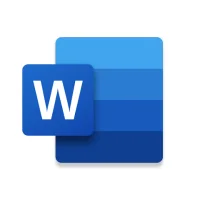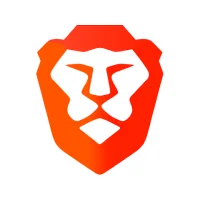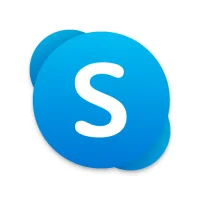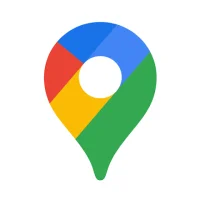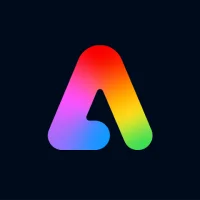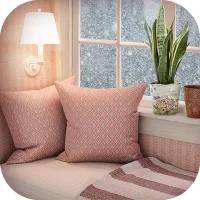What are the best tips for navigation and browsing within the application?
14 min read Tips for Navigation and Browsing within the Application - written by Hamza Bose, Senior Content Marketer May 04, 2024 22:20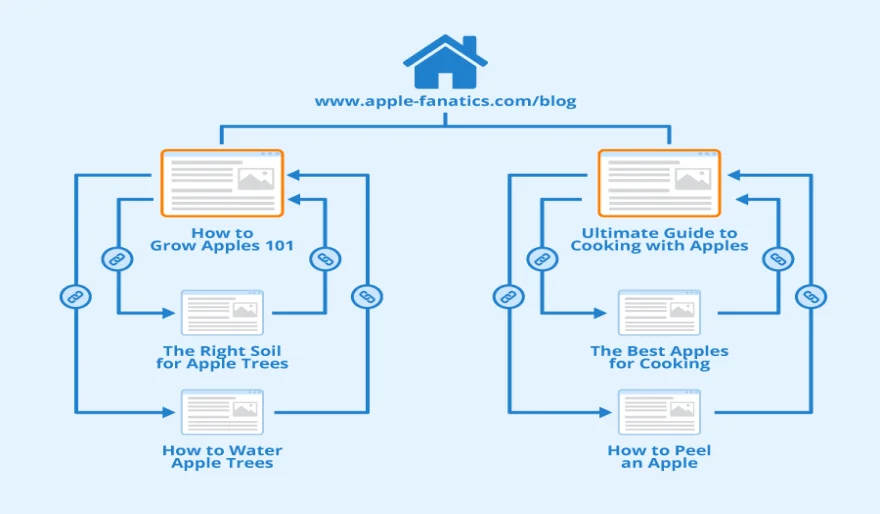
Tips for Navigation and Browsing within the Application
1. Introduction
As a fundamental concept of the internet, although it is the main reason for its existence, the website is an important factor for displaying the understanding of a place visually as an important part for users to access the information they need, to ensure correct communication, and to meet their expectations on the web. Thanks to the information that needs to be mediated, browsing becomes an intermediary between the citizen and the society that governs it. In this sense, the concept of adding significance to the structure of the site, which is actually a double-sided tool, draws attention from a different perspective by speaking with different heads. In this way, navigation, which is the equivalent of a website in the settlement of the cyberspace, becomes the sign of that venture in cyberspace. It is therefore believed that the work on how the navigation processes are in the systems that people use will be beneficial for revealing what kind of meaning this structural structure and what kind of content will be provided by them and what kind of meanings will be settled from the perspective of user-centric design.
Focusing on a few elements such as where they come from, what they are doing at that moment, how they got there, whether there is a need for an intermediary, they try to understand the whole rule, the whole process they are in, and they make a move accordingly. Care must be taken that their perceptions are correct, and the notions related to browsing or navigation are in a natural state in order to avoid these problems. In this study, matters will be handled within the framework of the sociological processes of browsing or navigation processes.
Users quite often cannot figure out how to navigate within a system. They feel lost and are unable to find the counterpart. They are mere users and not sure where to go and who to connect. Their questions are "How can we get to...? Who can help us?" The users of the application do not know how to navigate. They don't understand how the flows are planned within the program and how they can contact one another. The navigation processes created for them are neither necessary nor insufficient. In fact, they are simple and incomprehensible. Despite being so simple, people cannot make use of these processes.
2. Understanding the Application Interface
Messages and/or reports can be found at the default of the channel layout. This content can contain information, from a basic message to a more detailed report. For reports, the ability to open one within a channel or quickly view it as a sortable table is often available as a default. Another level can provide an investment offering to create a new report. In many cases, the permitted options of investing or inserting investment buys within a report can also be available. Note that create, update, or insert existing report functionality can be governed through individual or bundled level access control attributes.
Once you have successfully logged in, you will automatically be brought to the desktop interface. This desktop contains whatever you have permission to view. This may include reports, messages, and channel folders. A Station ID, based on your request, can also be created for you. This will provide a direct route to the department permissions associated with that Station ID. In addition, the ability to transition into individual reports can be provided. The number (or letter + number) of channels that will appear will vary from channel to channel. A channel will typically contain reports, with varying permissions and visibility settings, and messages. The information that is available is based on the user's role and the parameters set by the system. It is important to note that the content that is displayed will vary with each user login.
3. Navigating through Menus and Submenus
Oftentimes, you do not really need to actually press the arrow keys to navigate through the menus and submenus. As long as you are in a program, and a menu is open or closed, navigation happens through sound or machine voice. As you click left or right, move the cursor over menu options, the program makes various sounds or speaks their text. If a menu has a submenu, you will hear another sound change. Some programs may also have assistance for editing for working with text-editing applications. For example, you are given audio assistance to type a title or paragraph of text, highlighting words you are typing, and replacing characters with homophones. If menu navigation support is activated, you can hear low-, mid-, and high-pitched chimes (or beeps) as the focus is changed during menu navigation. In the menus shown in the figure, only the order back (Previous Page) and the side menu are enabled during browsing, making these the first 2 options. So, if the focus is on option 1 or 2 (because these are the first options), then you will hear a sound (t1, t2).
You can use the blinking prompt as a reference (in any program menu). With the arrow keys, move the blinking prompt (the highlighted item) up and down to browse through the available menu options. If a menu option has sub-options (a submenu), look for the right arrow icon (usually shown after the menu item), which means "more to the right" or "go into this menu". When you see the right arrow icon, press the right arrow key to select the submenu on the right. Press the right arrow key to select the options located in the submenus (the right-pointing arrows are the signals). 1: , 2: , 3: , and 4: are submenus for the "File" menu. At any time during navigation on the menu and submenu, you can go back to the previous screen by pressing the left arrow key. A very simple way to orient yourself in the programs is to use the arrow keys and blinking prompt in the menus.
4. Utilizing Search and Filter Features
Let me show you how it works, simultaneously on filtering and searching. For now, let's try to search. You can bind or focus and in the windows that appear, you can easily see the 'Search Bar'. This is where you are going to do 'Searching' and in order to search, just simply appreciate the use of a more intelligent way which is utilizing the advanced search features. Or if you want to search for elements which are official examples, then you can use the easy elements - examples as well. Doing focus switching from there. When you are either in elements or assets, click the search field on the Android bar. Set the conditions to "Easy Element". Doing it here. You'll find that the search resized, you can see the selected goal you are searching in. Then, with the Advanced - Search type, you need to type the file including the type you're looking for. And then, click 'Next' to filter, 'Prev' to back from filter. Hit 'Clear' to remove and leave the search edited.
If you identified yourself in the situations that I described earlier, there are a few features in the IDE that can help you to quickly find an element you need for your project. Searching and filtering. Search and filter are inevitable when dealing with a large amount of data. In the early days when people created small applications with 10, 20 or 30 files, there was no need to search the file or the asset that they want to edit. But as time passed and applications and games were getting more practical, larger, and bigger in both complexity and scale, it became really hard to find the resources or the files or the elements that you are trying to edit. Unfortunately, I can say that I spent a lot of time, more time than I should have. The mobile IDE made hero's life way easier with search and filter features.
5. Maximizing Efficiency with Shortcuts and Hotkeys
There are a variety of hotkeys and shortcuts to help make working in our software more efficient. Hotkeys, keyboard shortcuts, and key combinations are a quick way, even for a beginner, to use the software without having to navigate through the menus and toolbars. Switching menu options using freezes for activating a tool or changing a setting. For those menu options, the shortcut key is displayed on the button corresponding to the option beside its name. Also, for each toolbar button corresponding to a menu option within an application in the software, a tooltip will be displayed if the mouse is hovered over that button and is also available in the Customize dialog. The command's shortcut will be displayed in the tooltip of the button. On customizing a shortcut in the Customize menu, the customization information is saved in a file named "sgwresearch.xcu" in the user-home-folder. For example, the '.vcl' folder is located in C:\Users\Public... (Windows 7).
To make life easier for the developer and to get the desired job done as quickly as possible, Golden Software applications provide several keyboard navigational shortcuts which save the user time and increase the efficiency of the tasks. Common shortcuts are discussed below:
User Comments (0)
Popular Apps









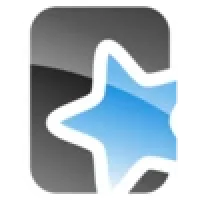
Editor's Choice


